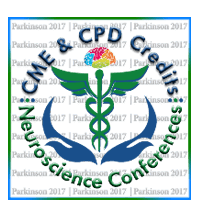
MÃra Ambrus
University of A Coruna, Spain
Title: Relationship between the stride length and cadence in patients with Parkinson’s disease
Biography
Biography: MÃra Ambrus
Abstract
Statement of the Problem: Gait disturbances are one of the principal and most incapacitating symptoms of Parkinson’s disease (PD). Few studies have measured the relationship between stride length and cadence (SLCrel) in PD patient point out to a decreased stride length (SL) with a particular difficulty in its internal regulation. Therefore, improvements of SL should represent the main goal in rehabilitation and exercise interventions in PD patients. However, changes in SL must be analyzed together with changes in cadence in order to elucidate which rehabilitation approach has a specific impact in PD rather than a generalized benefit from exercise. Moreover, it is imperative to know whether the SLCrel is a reliable analysis to be used as an evaluation procedure of gait disturbances in PD patients. The purpose of this study is to explore the reliability of the SLCrel in two different sessions separated by three months in a group of PD patients.
Methodology: 35 PD patients have participated in this study. In each session, patients were asked to walk at self-selected preferred, very slow, slow, fast and very fast speeds. SL and cadence were recorded for each speed and for individual linear regression analysis were conducted over those two parameters to determine the individual slope and interception.
Findings: The slope and interception of the SLCrel showed an excellent reliability in a three months period.
Conclusion: SLC reanalysis should be implemented in order to monitor gait changes in PD patients.

